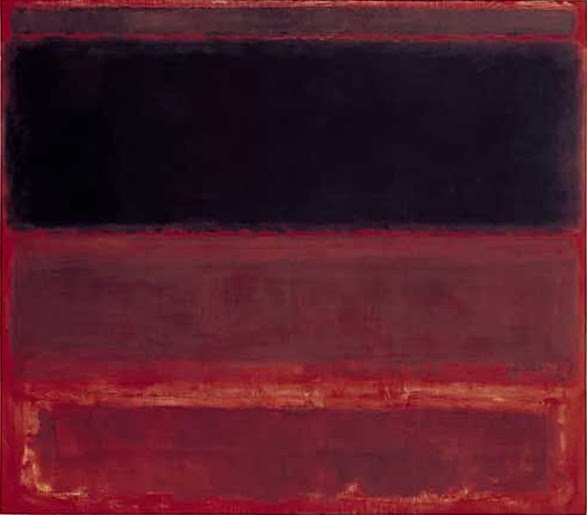Gordon Matta-Clark
Splitting (detail of a
work composed of 7 photographs)
1974
color photograph
34,6 x 50,5 cm
My tribute goes to the legendary
American artist ‘Gordon Matta-Clarck’ (1943-1978). He belonged to no particular
movement or school and his work erased the boundaries between architecture,
sculpture, drawing and photography. A cult figure in both contemporary art and
architecture circles.
John
Van Oers
But now I would like to
give the word to the great Mr. John Baldessari:
'Gordon’s work spotlights
and pinpoints one of the crucial ideas of modern art-actually doing and redoing
an absurd idea. This might sound strange, but he was both a Minimalist and a
Surrealist...
Gordon was a second
generation Minimalist in that some of the dissatisfactions and restlessness,
not with the ideas but with the execution of Minimalist art, are evident in his
work. He made the transition between Minimalist concept and a kind of
expressionist execution. You could say he was a messy Minimalist; he liked big,
rough edges. Can you imagine him trying precisely or carefully to deal with
“edges” as an aesthetic?
His work was incredibly
dreamlike. It was stuff you would only do in your dreams, and maybe would have
liked to have dared really to do...
What I liked about his work
was that it bothered people in the outside world. I would have like to have
seen his ideas escalated more and more to have seen him split the Trade Center
after cutting a house in New Jersey (Splitting, 1974) and the pier in New York.
It would have been
interesting to see where Gordon’s work would have gone. To see whether entropy
would have taken over. Gordon’s work was a visceral experience, but the ideas
carry in photographs because they are so audacious.'
John Van Oers (BE)
Playground #01
2013
two wooden school benches upside down
100 x 100 cm
John Van Oers (BE)
Playground #01 (detail)
2013
2 wooden school desks placed upside down, 4 TL-Lights, 8
pillars, 4 benches, 1 chewing gum
100 x 100 x 28 cm






















